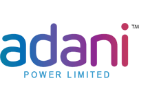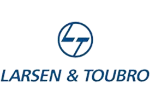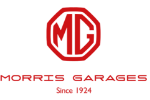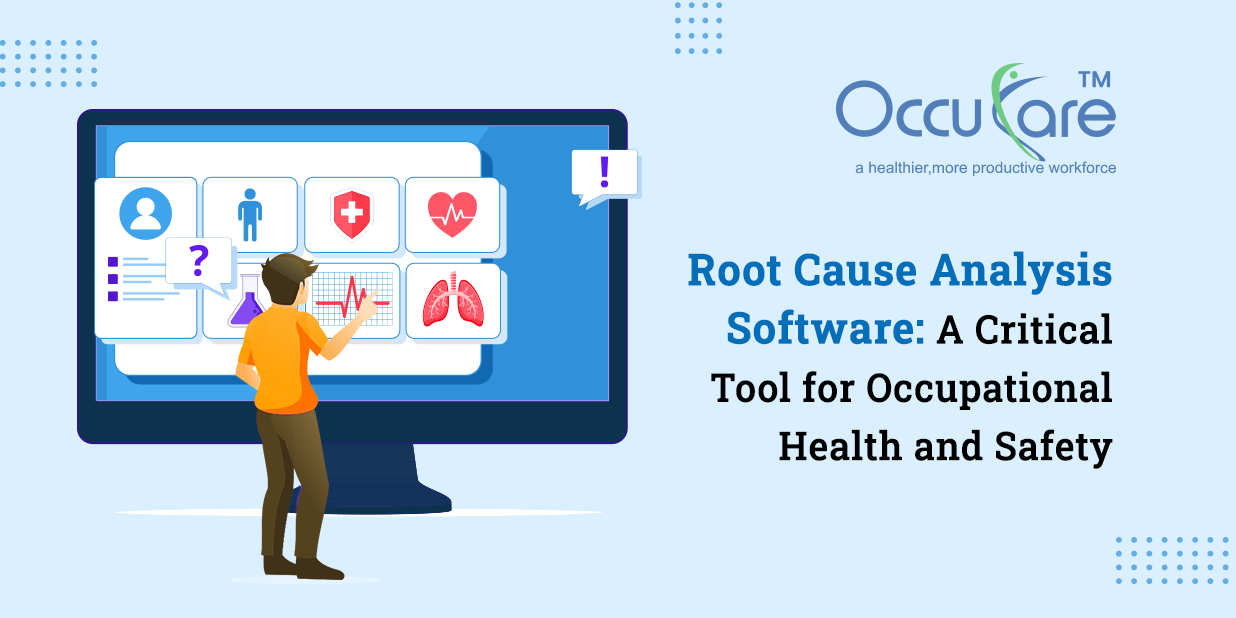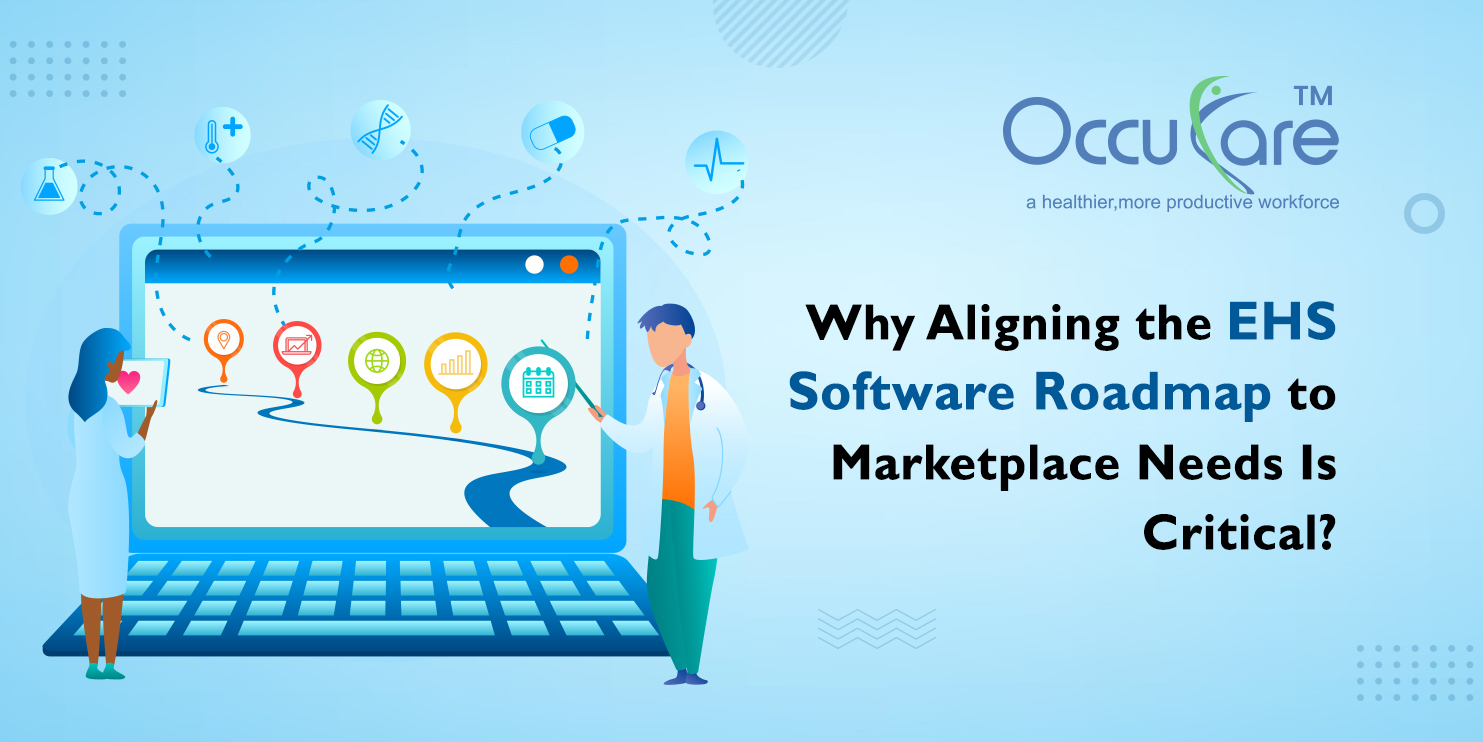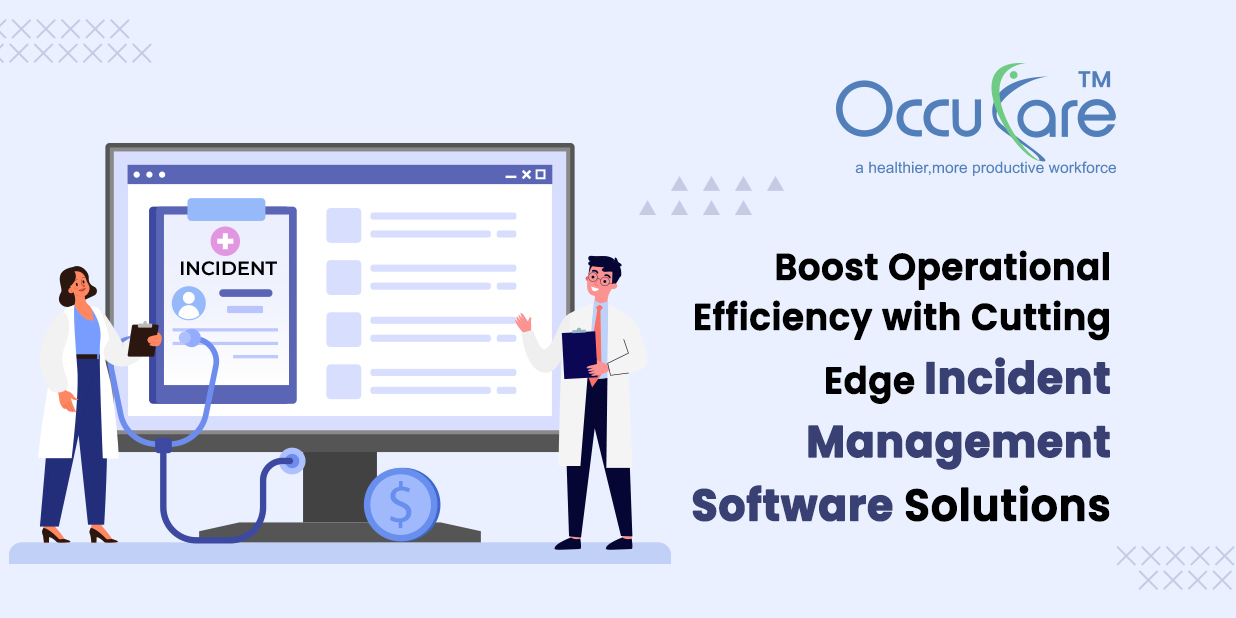Because people’s health is at stake, maintaining efficient operations and ensuring safety are essential duties in the healthcare sector. The healthcare sector is susceptible to several risks that could impact both organizational performance and patient care because of its dynamic nature and the complexity of modern medical procedures. In the medical industry, Risk management in healthcare becomes crucial currently. These risks include, among other things, clinical errors, equipment failures, cyberthreats, and compliance issues.
Healthcare firms may proactively address these issues and guarantee patient safety and operational efficiency by putting in place efficient risk management solutions and using cutting-edge risk management software. In addition to protecting patients, a well-integrated risk management system helps healthcare providers streamline operations, lower financial risks, and enhance overall patient outcomes. This blog will discuss the importance of risk management in the healthcare industry, emphasizing how it improves operational effectiveness and protects patient safety.
Why Risk Management in Healthcare is Critical for Patient Safety & Operational Efficiency?
Ensuring patient safety and operational efficiency are critical in the intricate and constantly changing healthcare industry. Identifying, evaluating, and reducing risks that could endanger patients or interfere with the efficient running of healthcare facilities are all parts of risk management in the industry. These hazards can include anything from equipment failures and medical mistakes to data leaks and legal ramifications.
Importance of Risk Management Software in Healthcare:
The obligation to give patients safe and efficient care is at the core of any healthcare system. To accomplish this, risk management in the healthcare is essential since it assists organizations and healthcare professionals in recognizing possible risks and putting preventative measures in place. It is critical to make sure that risks are proactively managed in healthcare because of the growing complexity brought about by technological breakthroughs, regulatory regulations, and an expanding patient population. Healthcare facilities expose themselves to a range of liabilities, including operational disruptions and legal challenges, when they lack an adequate risk management system.
Risk Management in the Healthcare and Patient Safety:
Preserving patient safety is the main objective of risk management in the healthcare industry. Patients may suffer greatly as a result of medical mishaps and errors, such as misdiagnosis, drug confusion, or surgical errors. In addition to hurting people, these incidents have the potential to undermine public confidence in healthcare systems. Consequently, reducing these occurrences depends on proactively managing possible risks through a system. This allows them to spot trends and address the underlying causes of errors before they become more serious.
Additionally, healthcare businesses can improve their adherence to industry rules and quality standards when risk management is implemented successfully. Healthcare organizations can prevent legal problems, fines, and harm to their reputation that could result from non-compliance by regularly reviewing and modifying their risk management plans. Consequently, this creates a more secure atmosphere for both employees and patients.
Enhancing Operational Efficiency Through Risk Management Solutions:
In the high-stakes world of hospitals and healthcare institutions, inefficiencies and interruptions can have a big effect on output and performance. Organizations may enhance workflow, cut waste, and streamline procedures by putting in place a thorough risk management system.
Healthcare businesses may make sure that their operations function efficiently and without needless delays or mistakes by putting the appropriate tools and strategies in place.
Furthermore, Healthcare executives can make better decisions regarding staffing, budgeting, and equipment maintenance if they have a thorough awareness of the hazards associated with various regions of the facility. Healthcare businesses can make sure that their operations are efficient and cost-effective by setting resource priorities based on risk assessments.
Role of Risk Management Systems in Data Security:
To offer care in the current digital era, healthcare providers rely more and more on patient data, electronic health records (EHRs), and medical technology. But as our reliance on digital systems grows, so does the danger of cyberattacks and data breaches. These solutions guarantee adherence to internal procedures for data access and management in addition to aiding in defense against external threats. Healthcare providers can preserve patient data’s security and integrity by implementing complete risk management solutions, guaranteeing adherence to privacy regulations including HIPAA and avoiding costly fines or reputational damage.
Mitigating Financial Risk Through Risk Management in Healthcare:
Another major worry in the healthcare industry is financial risk, especially when expenses keep going up and reimbursement schemes get more intricate. Healthcare companies may be subject to a number of financial hazards in the absence of an efficient risk management system, such as fraud, disputes over insurance claims, and fines from regulatory agencies. Additionally, healthcare providers can lower expensive malpractice lawsuits by enhancing operational effectiveness and reducing patient safety problems.
Continuous Improvement and Learning:
To improve patient safety and operational effectiveness, risk management is a continuous process that involves recognizing, assessing, and managing risks. Healthcare executives can get insightful feedback and analytics that support evidence-based decision-making by implementing a risk management system. This data is essential for spotting patterns, foreseeing potential hazards, and formulating proactive improvement plans.
Conclusion:
To sum up, risk management in healthcare industry is critical to both operational effectiveness and patient safety. Healthcare providers can improve operational performance and create a safer environment for patients by proactively identifying and mitigating risks through the use of risk management software. Adopting a complete risk management system is now required for healthcare businesses aiming for operational effectiveness and patient care excellence in a high-stakes environment.





























































